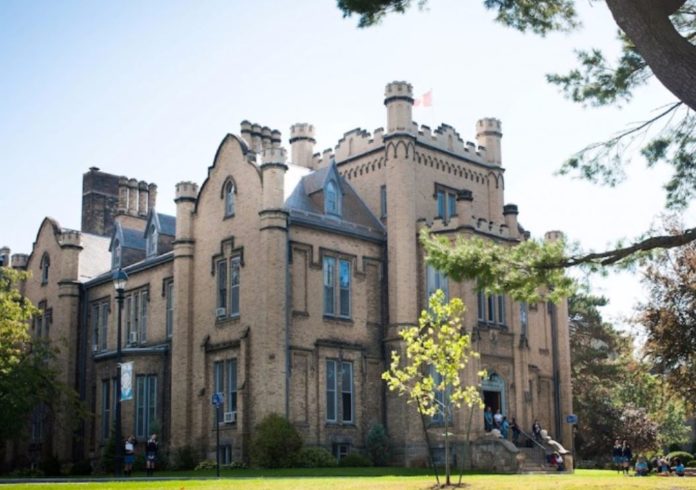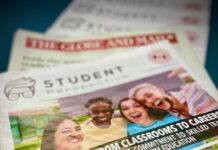
Better together. That’s one thought Grade 5 and 6 Trafalgar Castle School students gladly share about combining classes to learn in the same space. There is power in collaborating – in helping each other, learning from each other, and giving feedback on assignments. The girls progress in their studies with more clarity and confidence when they join forces.
Teachers are also better together. Collaboration is as powerful for teacher development as it is for student outcomes. How do teachers know this? For a start, they talk to each other and to their students about what’s working best in the classroom. But they also do their homework. Great teachers are always looking for the most effective approaches to student learning, especially those with ample evidence of success.
Some of that evidence can be found in the work of University of Melbourne professor John Hattie, a world-recognized researcher in education. Hattie draws on data from thousands of studies to determine which factors impact students the most.
Top 7 factors impacting Students
- Formative evaluation – teachers and peers provide assessment and feedback during the learning process, not just after an assignment is completed;
- Teacher clarity – the teacher communicates and students understand the intentions of the lesson and what success looks like;
- Feedback – the teacher collects feedback from the students on how students are doing and what they need to reach the next stage;
- Teacher-student relationships – teachers actively build relationships with students, conveying confidence in their ability and recognizing individual differences;
- Meta-cognitive strategies – students are taught how to see and assess their own thinking;
- Problem-solving teaching – students are given problems and taught how to seek and evaluate solutions; and
- Cooperative learning – students work together rather than individually for understanding and outcomes.
These approaches to teaching and learning are fundamentally embedded in the collaborative classroom.
“At Trafalgar, our Grade 5 and 6 students are coming together for shared classroom lessons and small-group mini-lessons based on different interests, rates of learning and stages of discovery,” explains Director of Lower School Christina Schindler.
With each group engaged in a specific challenge, one of the three teachers in the room can then offer just the right support to accomplish the task. Instruction and feedback are tailored to the unique needs of small groups rather than provided to an entire class of students at different stages of work. This targeted approach is more effective for developing each girl’s knowledge, skills and understanding.
“So much that students need to know how to do is cumulative and ongoing,” says Nancy Taylor, Grade 5 to 8 Program and Instructional Coach. “The progress we see is really exciting. As they work within the most effective groupings possible, they become more aware of their own growth. There’s a lot of joy in that.”
Grade 5 student Thea agrees: “Last year, I didn’t feel as confident about my writing. I like learning from the Grade 6s and the Grade 5s as well. Sharing our ideas has helped me a lot. And there are lots of teachers in the room too.”
Current areas of the collaborative curriculum are literacy, social studies and arts. In the future, additional grades will participate, starting with the new Grade 4 class in September 2018. Other subjects will also be integrated into a collaborative learning framework.
To learn more about Trafalgar’s collaborative classroom or to book your visit contact admissions@trafalgarcastle.ca.















